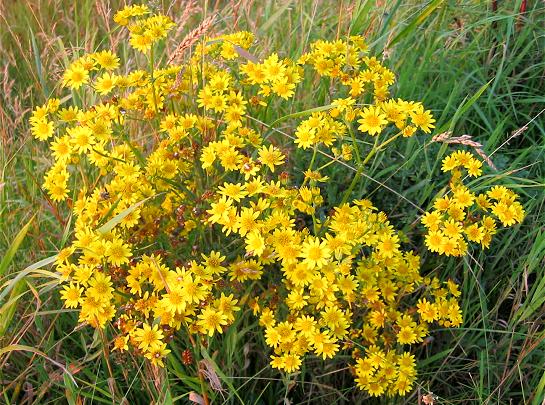
Jacobskruiskruid - Common ragwort - Senecio jacobaea (Compositae)
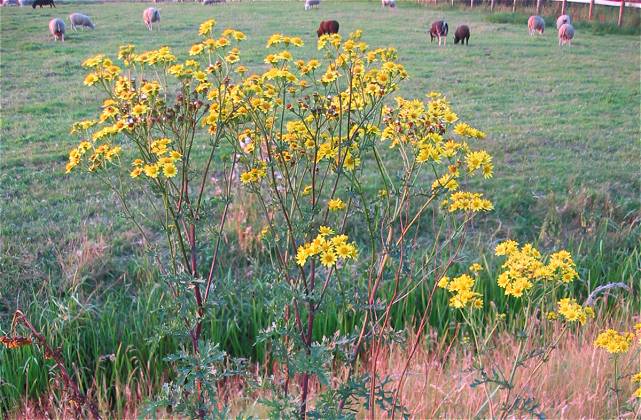
| Een vrolijk uitziende plant met bloemen als zonnetjes - Jacobskruiskruid ziet er vriendelijker uit dan het is. Het bevat zeer giftige alkaloïden die bij consumptie een blijvende leveraantasting veroorzaken bij vee. Hoewel de plant vers niet te genieten is door zijn geur en smaak, kan hij bij het maaien van gras waar hij tussen staat in hooi worden meegenomen dat aan dieren wordt gevoerd, met soms fatale gevolgen. De alkaloïden zijn een stapelgif, dat ook na verloop van tijd niet meer uit 't lichaam verdwijnt. | Common ragwort looks cheerful with its yellow sunny flowers, but it isn't as friendly as it seems on the outside. It contains very poisonous alkaloids which cause permanent damage to the liver in livestock. Although the plant doesn't taste well and repels cattle by its smell, it often gets mixed into hay when it grows up with the grass. When dry, it is eaten by the animals together with the hay, sometimes with fatal results. The alkaloids are a cumulative poison, they don't leave the body in the course of time. |
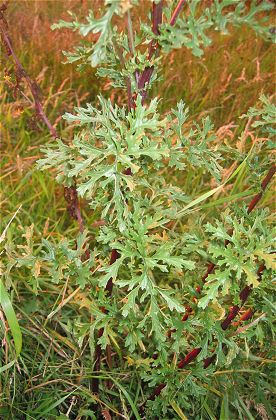
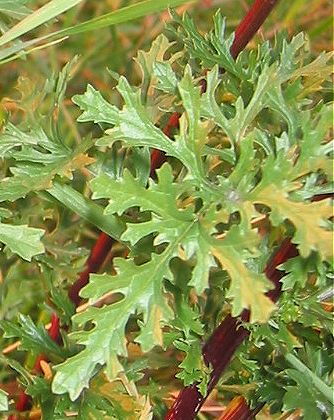
Sierlijke diepingesneden bladeren, hier misschien een beetje roestig / Elegant indented leaves, a bit rusty perhaps
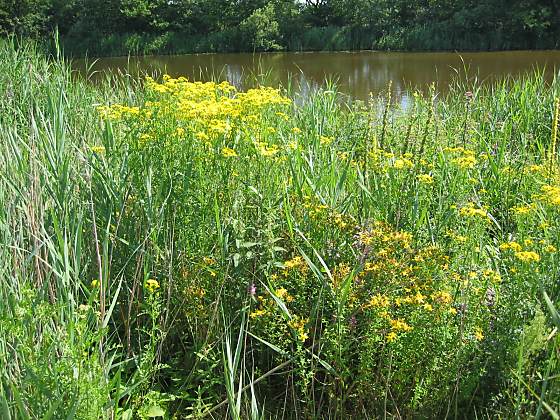
|
Boven- en onderstaande foto werden vorig jaar (juli 2005) genomen in de waterdierentuin Aqua Zoo in Leeuwarden, waar langs het "natuurpad" erg veel
van dit gewas groeide. Eigenlijk is het verboden deze planten te handhaven, zeker zulke grote hoeveelheden hadden moeten worden aangepakt.
Als de zaden zich verspreiden naar bermen en weiden, doet dit weliswaar de bevolking van deze dierentuin geen kwaad, maar wel koeien, schapen en
paarden die met het vergiftigde hooi worden gevoerd. De plant is weliswaar inheems, maar toch een plaag geworden, mogelijk doordat men jaren geleden het gevaar niet inzag en de zaden toevoegde aan een bloeiende wilde-plantenmix die de wegbermen moest opfleuren. |
The pictures right above and below were taken last year (July 2005) in the water zoo Aqua Zoo at Leeuwarden, the provincial capital of Friesland. Lots of these
plants grew there along a "nature-path", while in fact it is forbidden to tolerate this weed, in particular in such great numbers. When the seeds spread
to roadsides and meadows, this may be not harmful to the animals in the zoo, but it will be to horses, cows and sheep being fed on the resulting poisoned hay. In England at least 6500 horses died of this poison in 2002, a newspaper reported (July 2005). The plant is indigenous to the Netherlands, nevertheless it has become a pest, possibly because years ago these seeds were included in a wildflower-mix to brighten up the roadsides. |
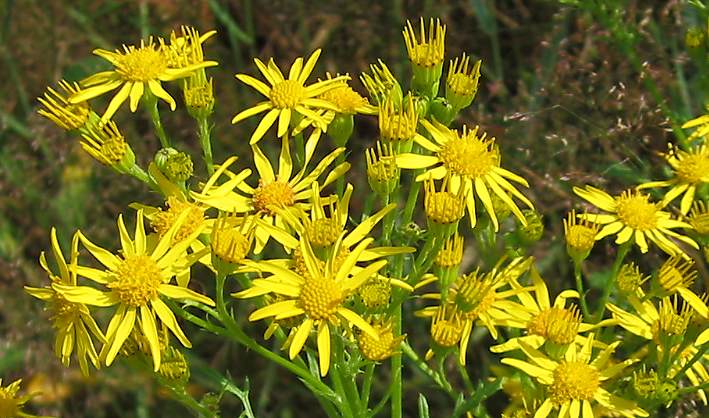
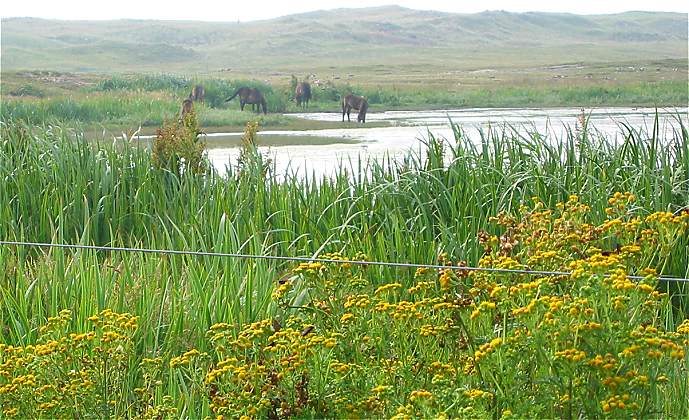
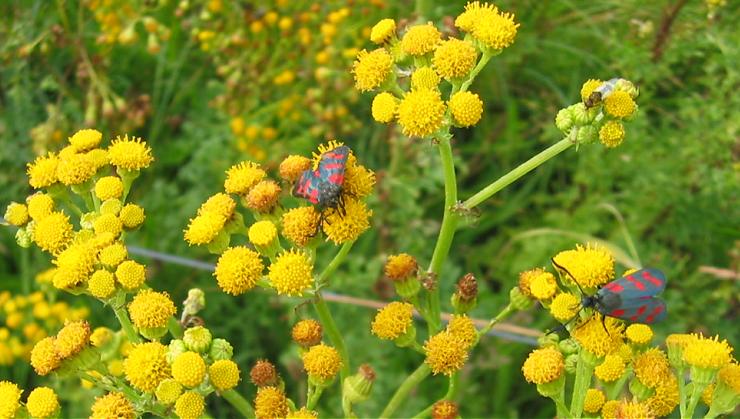
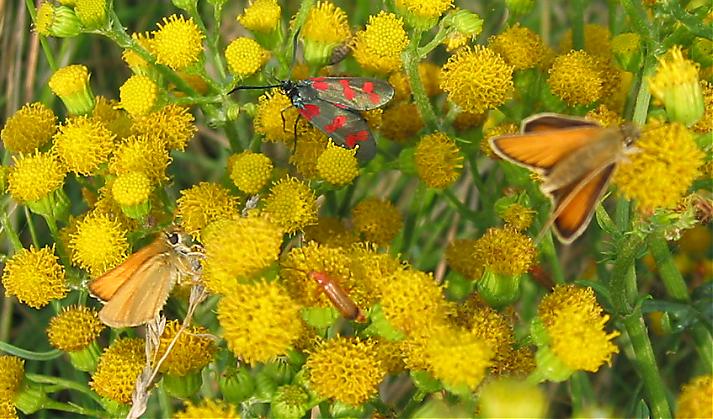
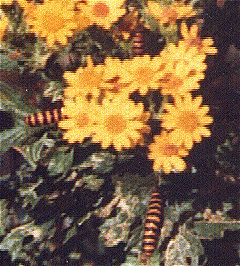
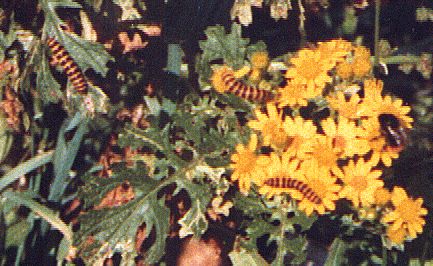
.jpg)

